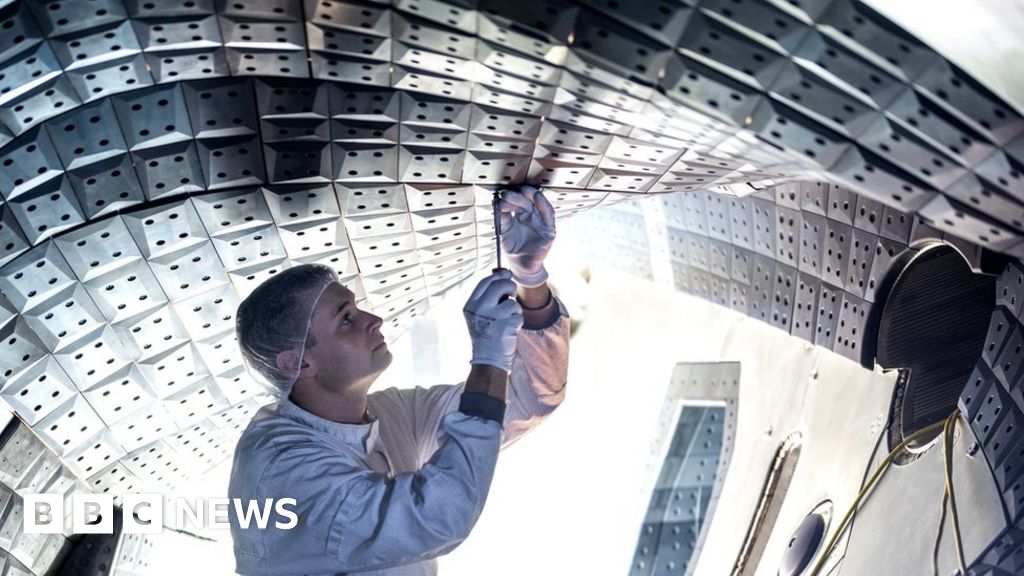“Why use 1 part when 6 will be more interesting.” Those engineers? I’m not saying they can’t, but I wouldn’t be putting money on it.
Right now we can’t do fission economically despite 70 years of trying, and it’s basically using hot sticks to boil water. Suspending plasma in a magnetic field to somehow boil water is a whole other level of complexity.
Do you even want floating, radioactive tritium plasma that would also destroy the ozone layer, if it leaks out of its electromagnetic containment and melts and penetrates everything on its way up?
Good thing fusion wouldn’t cause any of that, then
deleted by creator
Here’s the most basic info on fusion safety I could find: https://www.iaea.org/bulletin/safety-in-fusion
The conditions required to start and maintain a fusion reaction make a fission-type accident or nuclear meltdown based on a chain reaction impossible. Nuclear fusion power plants will require out-of-this-world conditions — temperatures exceeding 100 million degrees Celsius to achieve high enough particle density for the reaction to take place. As fusion reactions can only take place under such extreme conditions, a ‘runaway’ chain reaction is impossible
“Fusion is a self-limiting process: if you cannot control the reaction, the machine switches itself off,”
fusion does not produce highly radioactive, long lived nuclear waste.
deleted by creator
Would you care to share a single reputable source, or are these your own speculations on a technology that all the experts are saying is safe?
You are a moron.
@lurch@sh.itjust.works
Can you provide a reputable source for these claims? Otherwise I’ll delete the OG comment and its replies. There’s no point in leaving up misinformation.





